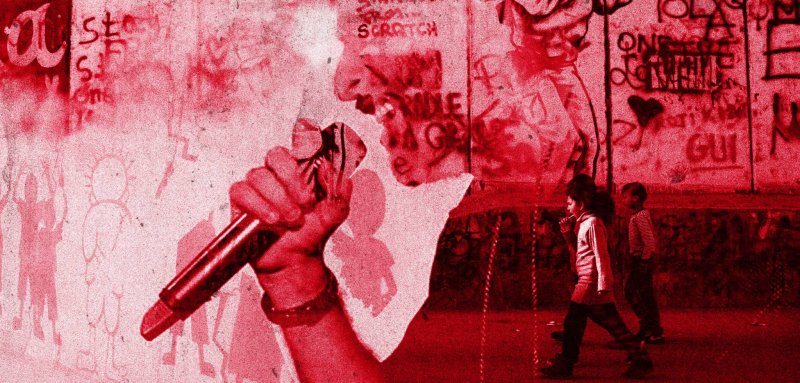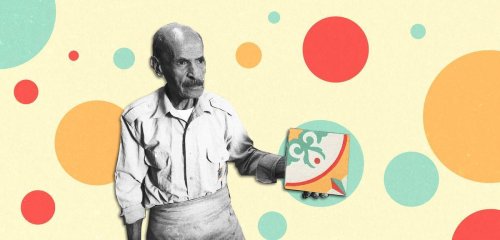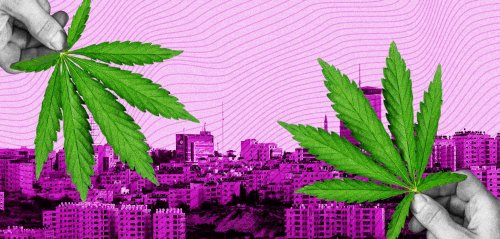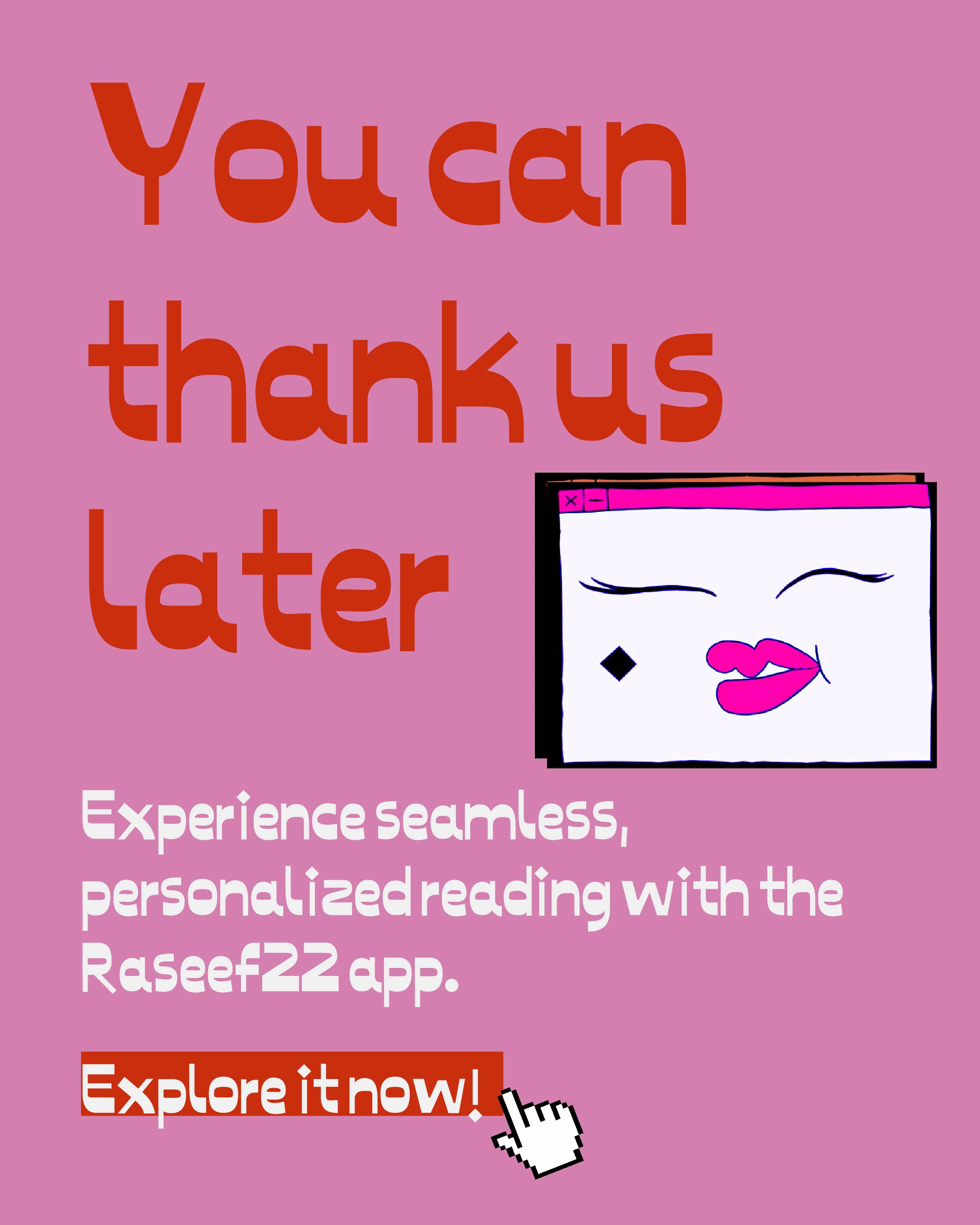The years of political division in the West Bank and Gaza Strip were followed by a state of conflict over the general identity of society, which was formed by parties, institutions, civil forces, cultural groups, universities, and national work forces. However, this traditional education of society gradually disappeared with the disappearance of the political unity in the system and the unity of concepts about the state and society.
In Gaza, the struggle for power between the two political forces took on a greater role and the intensity of the armed clash, which necessarily reflected on the social and cultural structures, polluted them severely and drew them to the conflict. The division became part of the formation of these structures and became present in the cultural bodies and formations, until it turned into an institutional division, such as the formation of the Hamas movement “the Palestinian Writers Association” as an entity parallel to the General Union of Palestinian Writers affiliated with the institutions of the Palestine Liberation Organization. The institutions of the Ministry of Culture have become the monopoly of one type of cultural activities and events, and their role has shifted from a pioneering educational role to a formal service role that reinforces the hypothesis of displaying superficial events and honoring festivals for high school students and others.
In Gaza, the struggle for power between the two political forces took on a greater role and the intensity of the armed clash, which necessarily reflected on the social and cultural structures, polluted them severely and drew them to the conflict.
The institutional division in the cultural structures in Gaza did not last long until before youth groups came to meet the aspirations and desires of an entire generation that wanted to break away from the concepts of the two political forces and their cultural and political wings. But this generation also faced a skeptical security pursuit about the cultural act itself and those responsible for it. It was not easy for these demonstrations to fight the political authority within legal frameworks, especially since they did not have licenses to operate, so they quickly coalesced under the cover of civil society, which provided small and safe spaces for cultural events.
In the year 2011, these cultural spaces began to form an open political opinion represented in the demand for an end to the division and national unity and the need to break the rigidity in the Palestinian issue, and called the youth to the March 15 movement to end the division, the ruling political forces at that period had not woken up from the one-colored opposition as an opposition of Fatah to Hamas and Hamas’s opposition to Fatah, until suddenly it raised a non-partisan youth call for it to dismantle its concepts of division. It confronted it with an organized and harsh repression and did not want it to continue, even at the theorizing level. At that time, the relationship between the ruling authority in Gaza and these youth frameworks took a stricter turn, with restrictions, prevention, raids on activities by security forces, and electronic prosecution even on social media.
During that period between 2009 and 2012, the cultural act was political and related to the attempt to change the status quo in the West Bank and Gaza, and the voice of opposition to the government’s practices was loud, and immigration had no place in the cultural youth discourse. Young people organized themselves through social networking sites and cafes and their gatherings in civil society institutions and through initiatives and events. Their cultural action was not sharp or outside the generally accepted social and intellectual frameworks. However, new forms of cultural action surfaced and brought about a change in the general awareness of young people, their orientations towards society and politics, and the feasibility of the act itself.
Rap Music
Musical groups were politically active in the cultural act during the March 15 movement, and they became a guide to the political anger in Gaza, especially as they represented important events and absorbed the general rejection of the youth, such as the “DARG Team” band, “Khaled Abu Dayyeh”, “Mohammed Abu Dayyeh” and “Mohammed and Majd Antar” "Moneim Awad", "Mohamed Al-Farra", "Ibrahim Ghoneim" and "Mohamed Lafi", and then these young people presented their songs in concerts and joint recordings. Rap songs played a role in the absence of the traditional political opposition and the political education of the opposition forces for the general youth, and with the spread of social networking sites, young people transmitted these songs and formed a new situation in the politically cultural act.
Rap songs played a role in the absence of traditional political opposition and the political education of the opposition forces for the youth, and with the spread of social media, young people transmitted these songs forming a new reality in the cultural act.
In light of the difficult conditions that Gaza experienced due to successive wars and systematic repression by the government there, most rappers migrated and went away from Gaza, that small geographical area with its simple and limited capabilities and a space of freedoms that is always restricted and monitored, but other musical groups disintegrated due to uselessness or due to circumstances. Personally, however, new groups emerged after 2014, after the Gaza war in particular, the opposition narrative intensified due to harsh living and economic conditions, high rates of unemployment and poverty. Rap songs constituted explicit and capable calls for youth mobilization in the Gaza Street, especially in the 2017 “electricity” demonstrations, and the “We want to live” movement in 2019.
Rap songs did not have an internal impact on the political and social level, but rather played a major role in non-Arabic speaking public opinion, as all Palestinian rappers directed their own voices and music to support the cause in deeper and sometimes simpler forms than the official discourse directed to outsiders on the issues of the Palestinians, where the expression of the apartheid wall in music was more accessible and widespread than the traditional discourse of politicians.
Demonstrations and Cultural Events
In the Saeed Al-Mishal Theater in Gaza, the Theater Days Theater in its center, and the Cultural Gallery in its center, young people continued to be active in their safe cultural spaces and through limited support from Palestinian civil society organizations that deal with cultural affairs, literature, music, and theater. The Palestinian public cultural center, such as the cultural magazine 28, the "In Press" initiative, and the various cultural salons such as the "Noon" cultural salon, the "Hidla" salon, and the "Al-Sabbagh Library" salon. In other contexts, there was a cultural movement led by young people under the frameworks of civil society organizations and community institutions. At one time, in the years 2014-2018, the YMCA was the place where all cultural, theatrical, and musical events originated.
Theater as a Cultural Communication Tool
In the “Al-Hilal” theater, young Palestinian songs were rebelling against the idea of the authority on the stage, and in the Al-Mishal theater, musical instruments were screaming in pain to express their ability to live. Al-Omar created capable theatrical scene youth at the Theater Days Foundation, so that all these cases produced new patterns of theatrical, cultural, and musical work among the third millennium generation, as the Soul Band was formed by the cultural gatherings of youth in these institutions. And "28" magazine has formed its audience through this serious, youthful, and intellectual cultural environment.
In light of this presence, there was a loud voice rejecting the youth gathering in cultural demonstrations, as a departure from the social custom, religious custom, and the inheritance that emanated from it. However, this voice did not succeed in silencing the talent, desire, and ability for cultural existence.
From Culture to Politics
The youth in Gaza tried to engage in indirect political action through culture, and perhaps the authorities believed that the cultural act is formal and does not affect policymaking, but it has already affected a large segment of the youth and created new social structures and cognitive and cultural incubators. Migration was a wide door to unload these energies and dismantle the newly emerging cultural structures, but it kept accumulating behind it to the new generations.
As a result of cultural and human rights movements, the youth succeeded in pushing the forces of power to abandon many of the stifled ideas and submit to the desires of the emerging generation after the division. The political reality gave young people a self-will to make decisions that affected and etched deeply in the Palestinian cultural scene. In 2018, during the International Book Fair in the International in Ramallah, no young writer or poet obtained a pass to attend the exhibition, so the youth in Gaza decided in isolation from the official body represented in the Palestinian Ministry of Culture opened an exhibition of writers who sent harsh political messages. Hence, this cultural situation expressed itself in the face of the two authorities and their control systems.
The cultural scene began to disintegrate little by little in the face of the harsh life conditions in Gaza, and after many young people obtained valuable opportunities outside the Strip, some of them immigrated.
Physical Disintegration of the Cultural Body
The cultural scene began to disintegrate little by little in the face of the harsh life conditions in Gaza, and after many young people obtained valuable opportunities outside the Strip, some of them immigrated to Turkey, Europe, or to Arab countries, in a mass migration similar to the migrations of the seventies to the Gulf countries, the number of cases decreased Migration has kept this scene from the activity, especially after a wider narrowing and restriction on what was left of it.
And some cultural demonstrations moved to work in the institutional circle and the work systems of civil society institutions, and moved away from the issue of voluntary and initiative, and all of this is attributed to the lack of formal and informal spaces, lack of capabilities and lack of national funding, and although some cultural demonstrations take this form of cultural work, they are It maintained a high level of productivity, elitism and modernity in its presentation, organization and policy in terms of society, the state, public policies and human rights.
Death Scene
From the moment of division until 2020, the youth in Gaza presented a tremendous development in the Palestinian cultural production. This lively and bright act did not last long, until it died as a result of immigration, systematic policies of repression, the denial of licenses to cultural institutions, the suppression of freedom of opinion, security tightening, and hysterical censorship of all cultural activities, productions, and publications. However, the scene, in its symbolism and vitality, did not die. Young immigrants return with their poems, musical, theatrical, and literary works to Gaza from abroad. This internal representation of the cultural outside the physical world gave the young cultural scene in Gaza a symbolic honor and honor that it had not witnessed in its infancy. The scene did not die because new generations revived it as if it was in the prime of its life.
Raseef22 is a not for profit entity. Our focus is on quality journalism. Every contribution to the NasRaseef membership goes directly towards journalism production. We stand independent, not accepting corporate sponsorships, sponsored content or political funding.
Support our mission to keep Raseef22 available to all readers by clicking here!
Interested in writing with us? Check our pitch process here!








